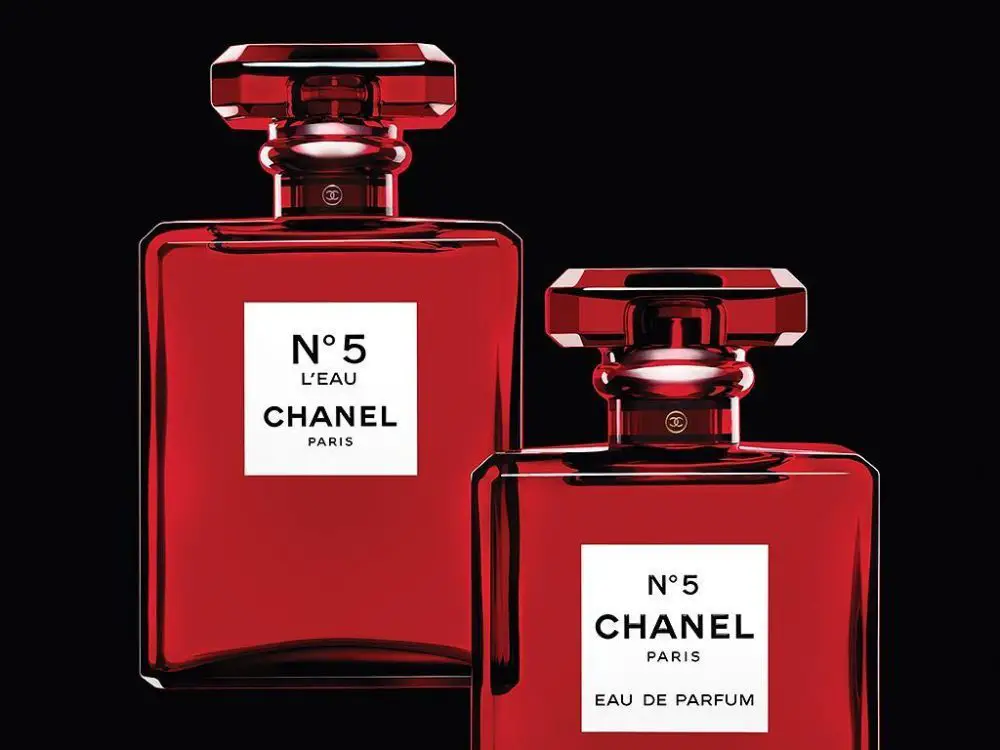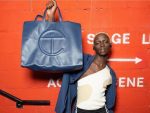The reputation of Chanel No. 5 precedes itself. From pop culture moments like Andy Warhol’s screenprints and the sex appeal of Marilyn Monroe, to the dressing tables of women all around the world, the iconic scent has become one of the most well-known fragrances of all time. Now with 100 years of history to dip into, the Chanel maison celebrates a century of No. 5 with a campaign like no other, featuring themed jewelry and a number of limited edition products. Additionally, as the holiday season approaches, the brand has also released a No. 5 themed Advent calendar.
However, there is something to be said about “riding a name” as buyers and collectors raise an eyebrow at Chanel’s recent product line-up — and, of course, its shockingly exclusive price tags. Does the company’s new campaign meant to glorify the iconic scent truly honor the reputation of the original fragrance and are the products still worth the luxurious price despite an increasingly disappointing presentation?
Perhaps, though, the expense of making Chanel No. 5 can be justified by the delicate manufacturing process that haute couture houses go through to produce their fine fragrances. Requiring up to a ton of flowers for every one-and-a-half liter of perfume concentrate, the ingredient list for No. 5 features the likes of ylang-ylang and jasmine from the French region of Grasse (the exclusivity of which is highlighted in Celia Lyttleton’s autobiographical novel, “The Scent Trail”).
The manufacturing process has been streamlined, tried and tested since 1920 when perfumer Ernest Beaux first presented the No. 5 sample to Gabrielle “Coco” Chanel, and since then, has never failed to produce the prestigious golden solution. However, can the same be said for the limited edition FACTORY 5 product line or the No. 5-themed jewelry that was released earlier this year? With prices anywhere between $250 and $9,500, a lot of the campaign products are difficult to justify purchasing, even for collectors. While the pieces of jewelry are indeed beautifully made, with a delicate, feminine signature so indicative of Chanel, they seem to be exclusively designed for hardcore No. 5 fans. While these fans would have no qualms about purchasing a necklace with the number “5” on display for the rest of the world to see, other consumers might curl their lips in distaste and buy something less gaudy.
On the other side of things, the FACTORY 5 product range seems to give buyers a decent value considering their price, offering a selection of Chanel No. 5 scented body products including soaps, creams, bath salts, the No. 5 Parfum concentrate itself as well as the ancillary scents that branched out from it — such as the No. 5 L’eau and the Eau de Parfum. However, a 500-milliliter soap retailing at $75 surely puts off a lot of customers, but the fact that products such as these regularly sell out certainly speaks to the prestige that luxury brand names carry. In fact, sometimes people care more about the packaging of these items than their ingredients or their quality.
The Chanel No. 5 themed Advent calendar has taken the brunt of such criticism against Chanel’s recent product line-up: The large black and white box, shaped and branded in the likeness of a No. 5 bottle, opens to reveal a collection of smaller boxes numbered 5 to 31, each to be opened from Dec. 5 to Dec. 31. However, at $825 a box, reviews have questioned the limited edition product and expressed disappointment at the design and gifting, especially as Chanel’s very first Advent calendar. Many collectors have said the same thing: The Advent calendar is definitely NOT for the average consumer looking for a nice gift or good value relative to the products within the box. Instead, the Advent calendar appears to be designed mainly for collectors, but the irony of this is that even these collectors are not happy with the product, especially when compared to Advent calendars from other luxury brands like Dior and Yves Saint Laurent.
This all begs the question: Are luxury products worth it? If you think about their value in accordance with their price, perhaps the manner in which certain luxury goods are made will offer a buyer longevity — for example, the craftmanship of Hermès bags means that they often last the test of time a lot better than a factory-made bag. But sometimes the ideals of sentimentality and self-accomplishment can turn fiendish when people chase brands instead of goods; there’s no reason to spend $80 on a single hand cream when drugstore creams come at a fraction of the price and do a better job of keeping your hands moisturized. Still, even the most frugal of people can appreciate a gift, which seems to be a decent stance to take on luxury goods: If someone just so happens to gift you an $80 cream as a birthday gift, who would you be to say no? Of course, though, there is still something to be said about making your million and treating yourself (manifesting … ).
At the end of the day, the fact still stands that sometimes the prices of luxury goods are more for the label than anything else, as Chanel’s Advent calendar and some of their No. 5 campaign products have proven. Between clever marketing and a century of reputation, some haute couture maisons have proven that they can get away with selling almost anything. However, Chanel’s iconic No. 5 fragrance still remains a classic hallmark for luxury scents since its conception a hundred years ago, proving the point that some things are still worth the money.

















